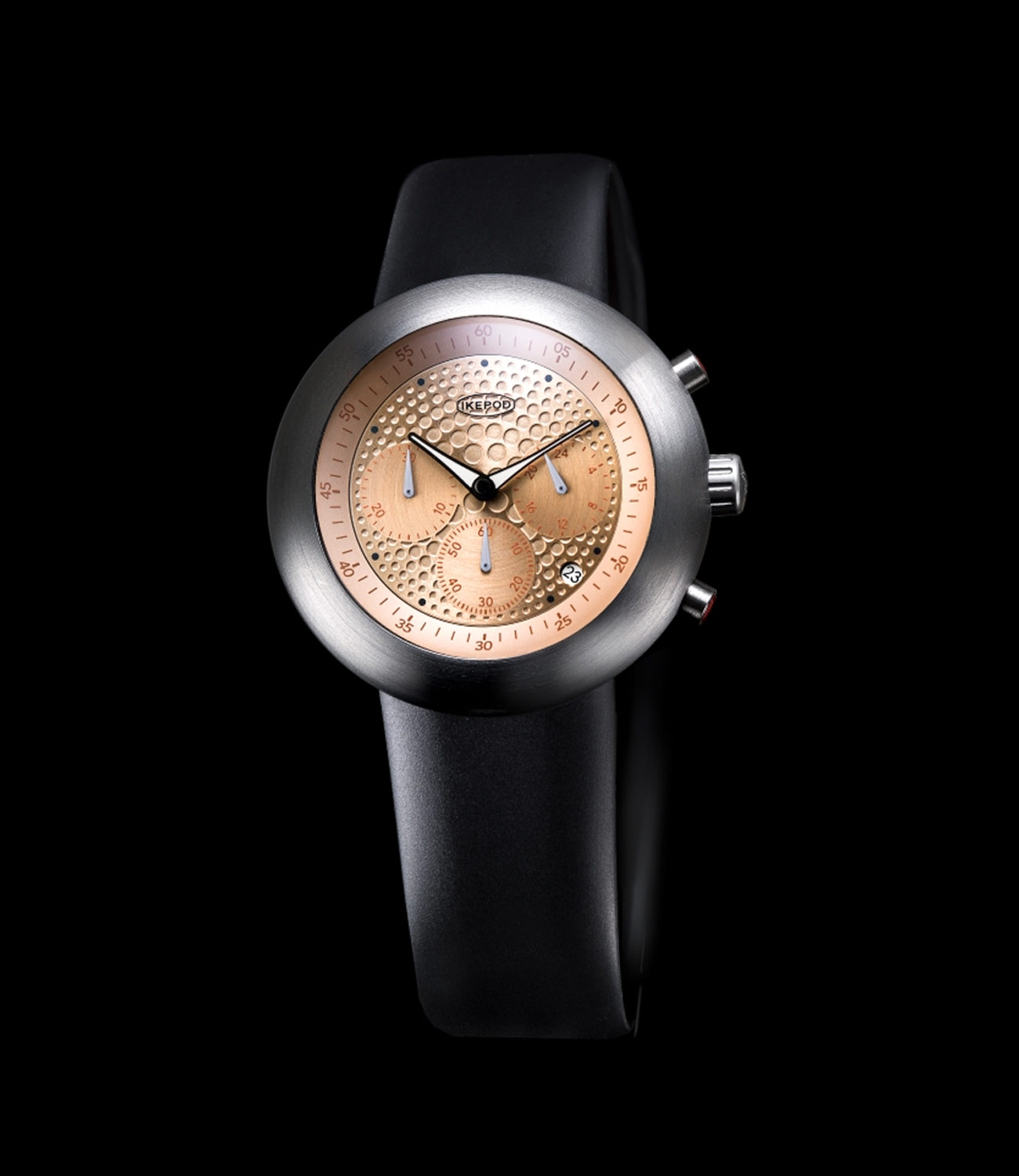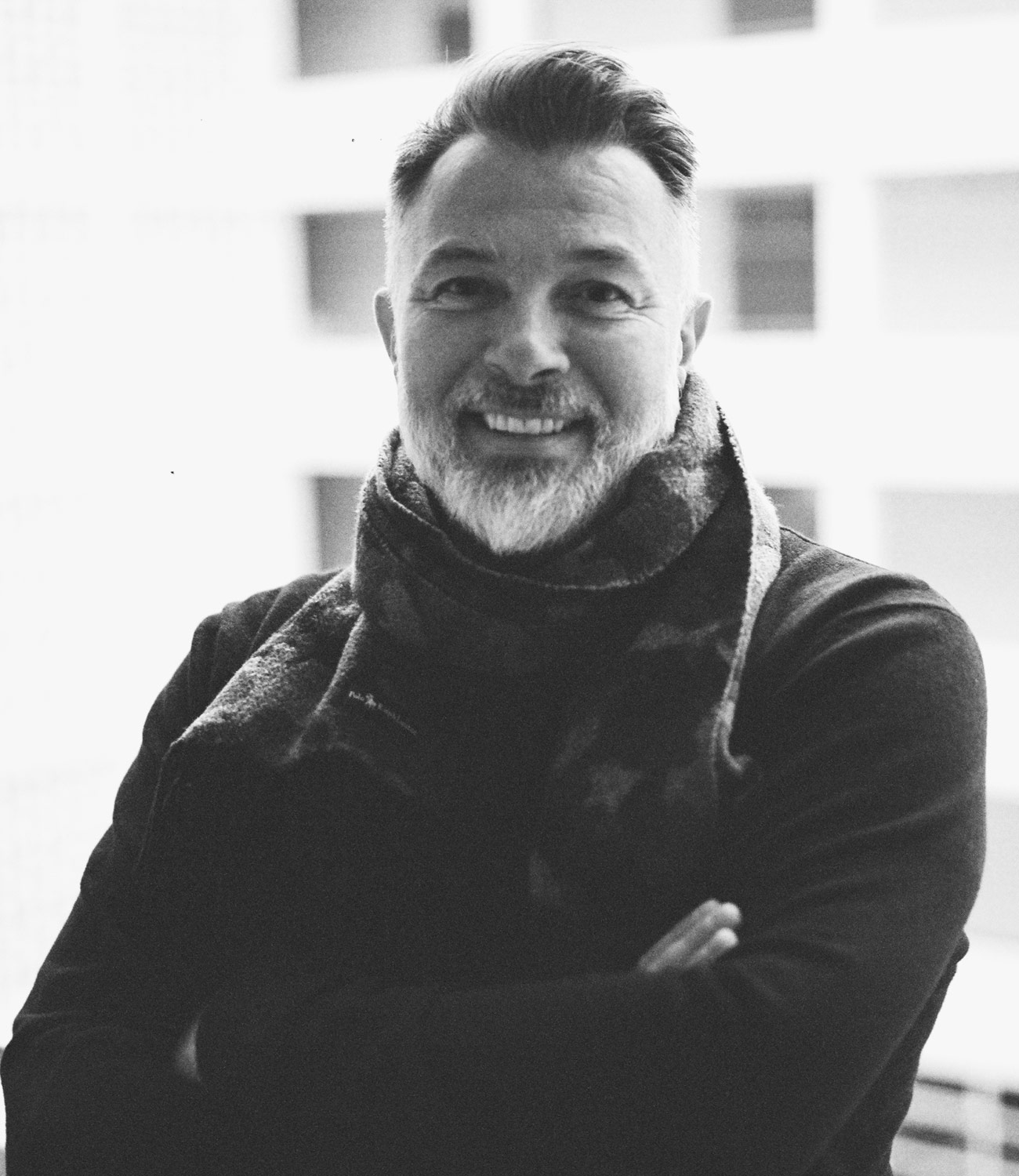W
ith little exception, we don’t really know the designers who create the watches we love. Sure, there are iconic designers (Gerald Genta comes to mind) but for the most part, the people who dream up the beautiful wrist-worn objects that we adore so much remain unnamed. Emmanuel Gueit is one of those designers, and while you’ve likely never heard of him, you’re probably familiar with his work. Two of his most notable works are the Rolex Cellini and the Audemars Piguet Royal Oak Offshore.
The latter Gueit created just a few years into his tenure at Audemars Piguet, the brand where he started his watch designing career at the young age of 20. From there, he worked with Fossil in the United States, then returned to Europe to pursue watch and jewelry design on a freelance basis. Fossil and Audemars Piguet are two very extreme ends of the watchmaking spectrum, but as Guiet puts it, he can work with anything “from plastic to platinum.”
Now, Ikepod has tapped Guiet for their relaunch due later this year, via Kickstarter. The brand is now run by new owners and will relaunch with more of a focus on affordability. It’ll still lean heavily into the original Marc Newson design language that formed the basis for the brand in the early 1990s, but Guiet will be there to help the brand’s aesthetic grow, without straying too far from what made it a cult hit in the first place. I spoke with Gueit about his background and his plans for the brand’s revival.
Vero eos et accusamus et iusto odio dignissimos ducimus qui blanditiis praesentium voluptatum deleniti atque corrupti quos dolores et quas molesti Photo by John Doe.
Q:
Tell me how you got your start in watch design.
A:
My father was a watch designer, so I grew up in this business since I was just a little boy. When he was freelancing, he was working from home, so I was watching him work. And by this time, the watch business was really a small family, everybody knew everybody. So I saw big names and big CEOs coming to my house and meeting with my dad, and I was picking up the phone and talking to the CEO of Patek. It was like a big family, so for me it was natural.
My father didn’t push me, he said, “I want you to do what you want.” But he said I should start to learn to make jewelry because it was what he did. I was always really bad at school, so he sent me one year to a boarding school in England to learn English, and then he said, “We’ll see when you come back.” And just before I left for England I met the head of design at Audemars Piguet, and I wanted to sell some designs, sketches I’ve done. And she said I don’t like your designs but I like you, would you come work with me and AP? So when I came back I started my career with AP.
Q:
How’d you get involved with Ikepod?
A:
The new CEO contacted me asking me if I was interested in working with him, and I really loved the brand so I said “okay.” I always loved the brand and was quite sad that it disappeared. At the end of the ’90s it was the first different modern design watch on the market, and it was the beginning of the organic trend era followed by many other brands. So it was cool for me to imagine, to work on this brand again. And I worked with AP and then worked with Fossil, I’m able to design from plastic to platinum, so I have a big range of possibilities on my design and Ikepod was one of them.
Q:
How do you retain the brand’s DNA while expanding on it?
A:
We definitely wanted to keep the same case because that’s the signature, the DNA of the brand, but when it came to me, he had already had designs for the dials. But the dials were very poor, and I said we should do much better on the dial. Because the case is very simple, you need to attract people with good dials. It’s the dial makes the watch anyways. The goal is to sell watches and you need to have a simple dial, but something different and attractive. But you need to focus on the DNA as well. You can make a Breguet or Seiko-style dial on this watch, but it won’t work. 
Vero eos et accusamus et iusto odio dignissimos ducimus qui blanditiis praesentium voluptatum deleniti atque corrupti quos dolores et quas molesti Photo by John Doe.
Q:
Can you tell me about one of the dial designs you have?
A:
There is a dial with little holes in it. When I first did the designs, I showed it to the owner and he said, “I don’t like it.” I said “Look, it looks like the old dials, it’s the DNA,” but he still said he didn’t like it. Then he showed the designs to his wife, and she said she love it so he came back and said, “My wife likes it, so maybe we’ll have a women’s version for Ikepod, so lest do a sample.” And when he received the samples he said, “I love it so much, that’s going to be the signature of the brand.”
Q:
Aside from that design, everything else seems pretty simple. Do you have any more plans for future watches?
A:
Not for now, now we’re really focusing on what we have. They really want to see how the product reacts on Kickstarter. In general, though, I think it’s time to start to think about the next generation and play with layers. Fun things, you know. To come out with things that are young and fresh and fun. Thinking about the second generation, we can be a little bit more funky and creative. I’d like to do a diving watch, that would be really cool, or maybe come up with a bracelet version. Maybe work on the finishing, like PVD, or maybe something like rose gold could be fun.
Q:
It seems like the brand is focusing more on value now, whereas before it was a lot more high-end. Given you’ve designed everything from affordable to high-end watches, what are your thoughts on that?
A:
I think [Ikepod’s] value was always from the design because it was unique. The problem before, in my opinion, was the price. It was too pricey, and it’s why they didn’t last too long because you don’t want to spend 3,000 to 10,000 on a design watch. So the new idea was to come out with watches at a lower price, and I think it’s really a big deal. Watches are not meant for rich people, they’re meant for everybody, so you really need to have different prices. I believe Ikepod is made for everybody. That’s important.


